Visiting the Salt Lake Family History Library during a General Conference of the Church of Jesus Christ of Latter-day Saints is probably a unique experience. Between 20 and 30 thousand people will converge on Temple Square for the Conference. If you’re coming from out of town for Conference, I’d recommend arranging some time at the Library. On the other hand, as a local I’ve always avoided the library during Conference—my gift to you out-of-towners.
But Conference weekend will be an excellent time to visit New FamilySearch (NFS), particularly if your stake has recently received access. A new map, below, shows that the Provo Temple has gone green.
The big surprise is that a second temple, Mt. Timpanogos, in American Fork, Utah is going yellow!

The Monday morning announcement of next week’s 40 stakes unexpectedly (as far as I was concerned) split the number between Ogden, already in progress, and Timpanogos. In Ogden, 28 more stakes will go live next week. In the Timpanogos district, 15 stakes will break into the NFS club after Conference.
For months we have been told that stakes that were prepared would get NFS first. And for months we’ve seen no evidence that that was the case.
Now I can only assume that the policy is finally finding a footing. If I lived in the Ogden Temple district and my stake was passed over in favor of a stake in the Timpanogos district, I know what I would do!
If I were a family history consultant or priesthood leader, I would
- Go to the Leader/Consultant Registration web site.
- Register (if I hadn’t yet) on the left hand side of the page.
- On the right hand side of the page, proceed to the Utah and Idaho Release web site.
- Click the Prepare tab and follow the instructions for preparing for NFS.
- Click the Report tab and follow the instructions by reporting my readiness to my high priests group leader.
If I were a high priest group leader, I would
- Proactively contact all the consultants in my ward to get a report of their readiness.
- Pass that report on to the high councilor assigned to family history.
- If at least one consultant from the ward was ready, I would ask the high councilor if he knew how to report the stake’s readiness. If he didn’t, I would make an appointment to show him the Utah/Idaho Release web site and the portion assigned to him on the Report tab.
- I would repeat the preceding steps until at least one consultant was ready and the high councilor had reported the ward’s readiness to the Area Family History Advisers.
If I were a high councilor assigned to family history, I would
- Proactively contact each high priest group leader in my stake to get a report of each ward’s readiness.
- Pass that report on to the Area Family History Advisers assigned to my stake. (See this page of the Utah/Idaho Release web site.)
- I would repeat the preceding steps until at least one consultant was ready in each ward.
If I wasn’t a consultant or priesthood leader, I would probably get in trouble. That’s because each time I saw one of them I would
- Ask each consultant (in the entire stake!) if they had finished the preparedness steps and reported their readiness to their high priest group leader.
- Ask each high priest group leader if their ward was ready and if they had reported their readiness.
- Ask the high councilor over family history if he had reported the stake’s readiness.
- By this time, I would be in trouble and I would probably be called as a family history consultant. And that would get me access to New FamilySearch without waiting!
Hey! You don’t have to be in the Ogden or Timpanogos temple districts to get ready. Why wait? Besides, who knows if FamilySearch will restrict rollouts to two temples at a time. Maybe they’ll look strictly at preparedness. We’ll know more when we see what stakes they announce after Conference. Stay tuned…
When your stake gets a go live date, let me know at AncestryInsider@gmail.com . And stay tuned to the Ancestry Insider at “Temple Districts Using New FamilySearch” for the latest news!

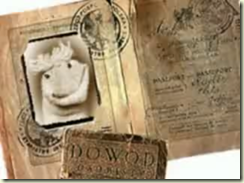


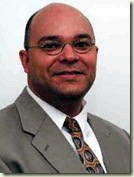 How do you spell ai-yai-yai? I presented last session and my feet are killing me!
How do you spell ai-yai-yai? I presented last session and my feet are killing me! 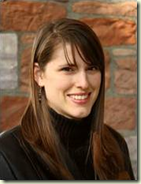 This is the 1st free Family History Consultant Training session of the conference. [If you are not a family history consultant for
This is the 1st free Family History Consultant Training session of the conference. [If you are not a family history consultant for 
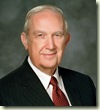
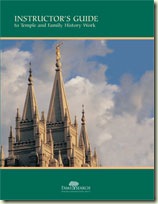
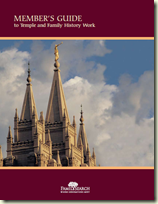
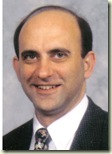
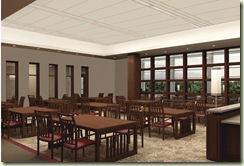
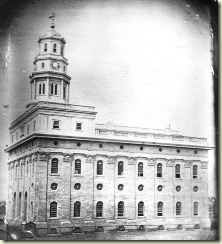

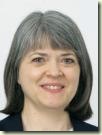 Probate Records:
Probate Records: